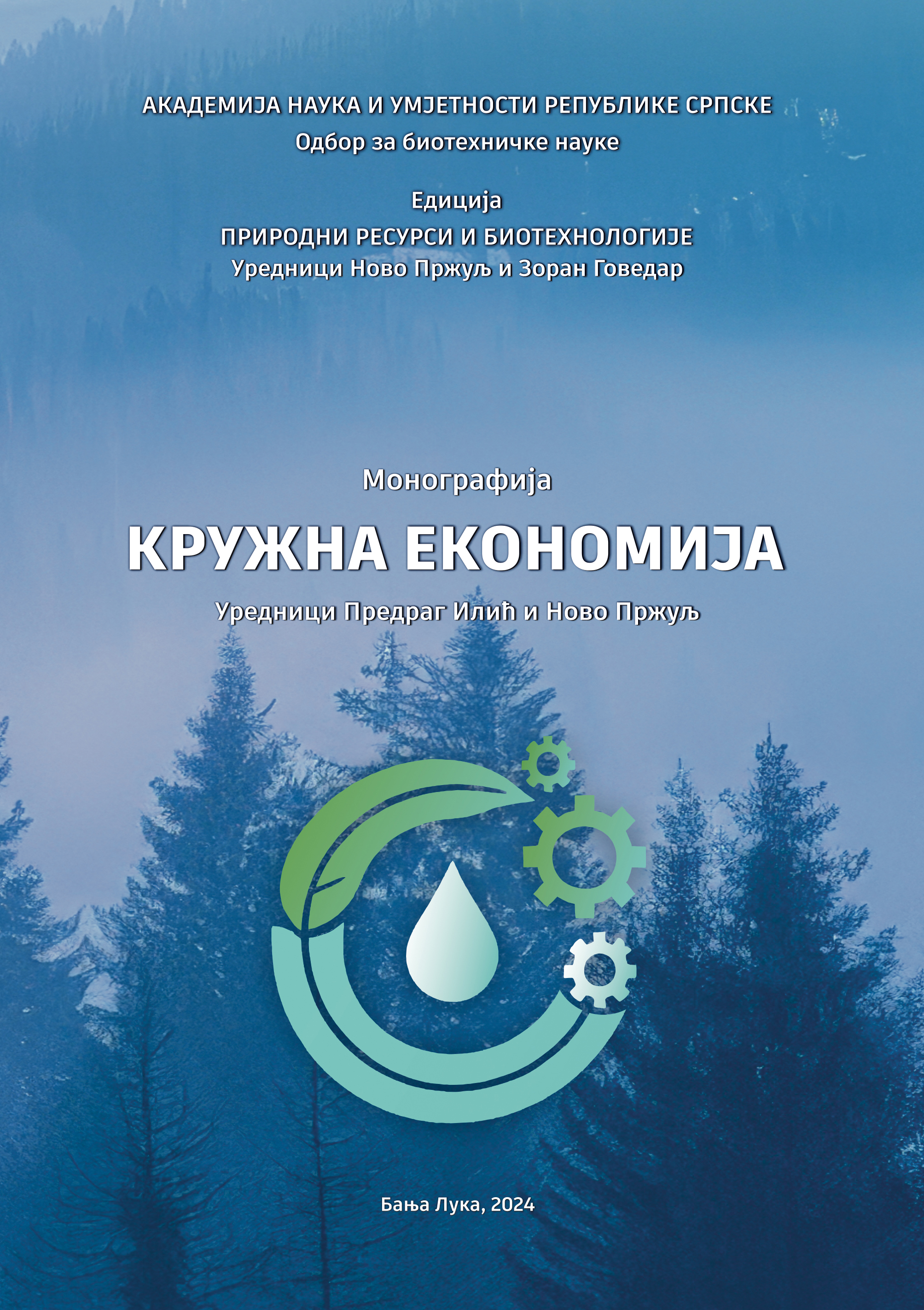Circular Economy in the Function of Sustainable Development of the Social Community
DOI:
https://doi.org/10.7251/PRB2401097KKeywords:
Sustainable Development, Circular Economy, Republic of Serbia, EnvironmentAbstract
Demands for constant and as fast as possible economic growth represent a strong pressure on the environment and leave numerous negative consequences on sustainable development, natural resources and the health of the population. Therefore, new ways of economic development, which take into account numerous qualitative indicators, bearing in mind the long-term perspective while achieving economic, ecological and socio-political principles and goals, are necessary. One of the instruments used to achieve the goals of sustainable development is the concept of circular economy, the application of which enables raw materials and energy efficiency, uses more renewable sources and preserves the environment. By applying the concept of circular economy, the social community gains numerous comparative advantages of its economy and increases its efficiency and competitiveness on the international level. The aim of this chapter is to point out to the economic policy makers the need for consistent and faster implementation of the circular economy concept in order to enable sustainable economic development of the country. The circular economy is an instrument for achieving the goals of sustainable development and implies long-term investment in raw materials and energy efficiency, with the reduction of harmful greenhouse gas emissions, the replacement of fossil fuels with renewable energy sources and the production and sale of recycled products, which closes the "product - waste - product" cycle. ", which is recognized within the Sustainable Development Strategy of the Republic of Serbia. Recommendations that were adopted at the leading economic forums in Serbia during the second decade of this century, were transferred to local communities, industry and citizens in order to adopt and apply sustainable production and sustainable consumption models, in accordance with possibilities.
